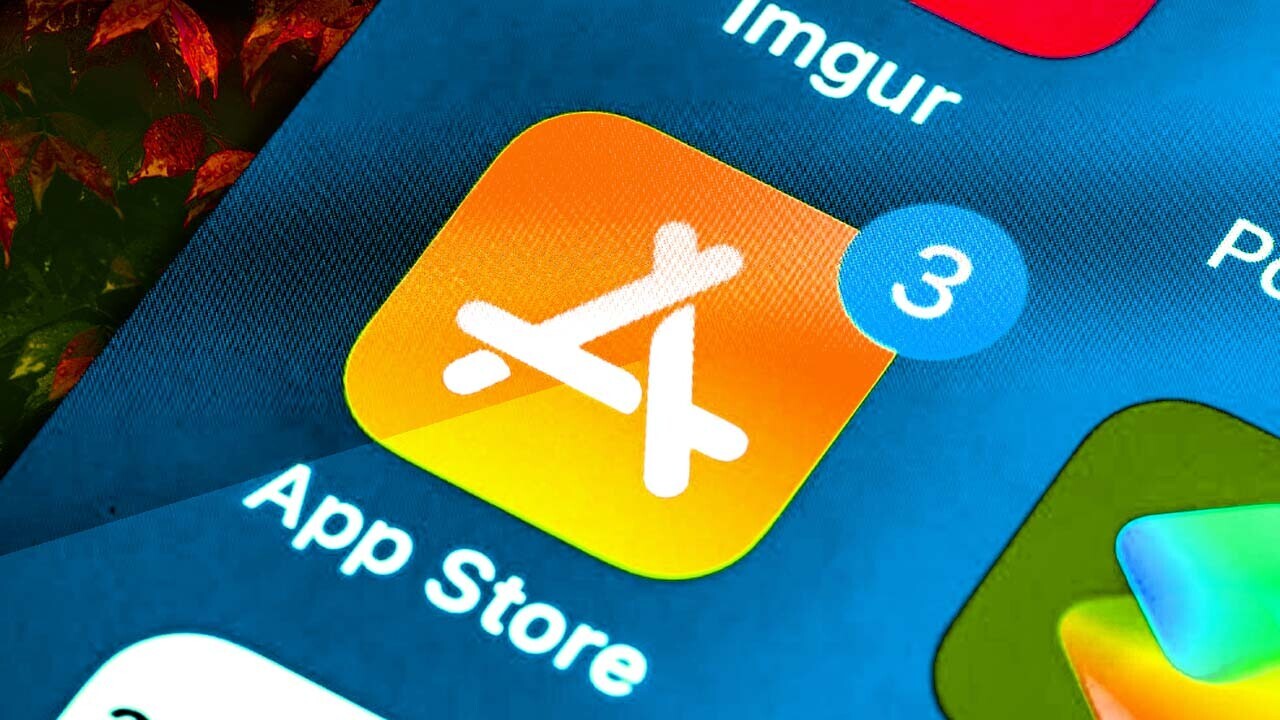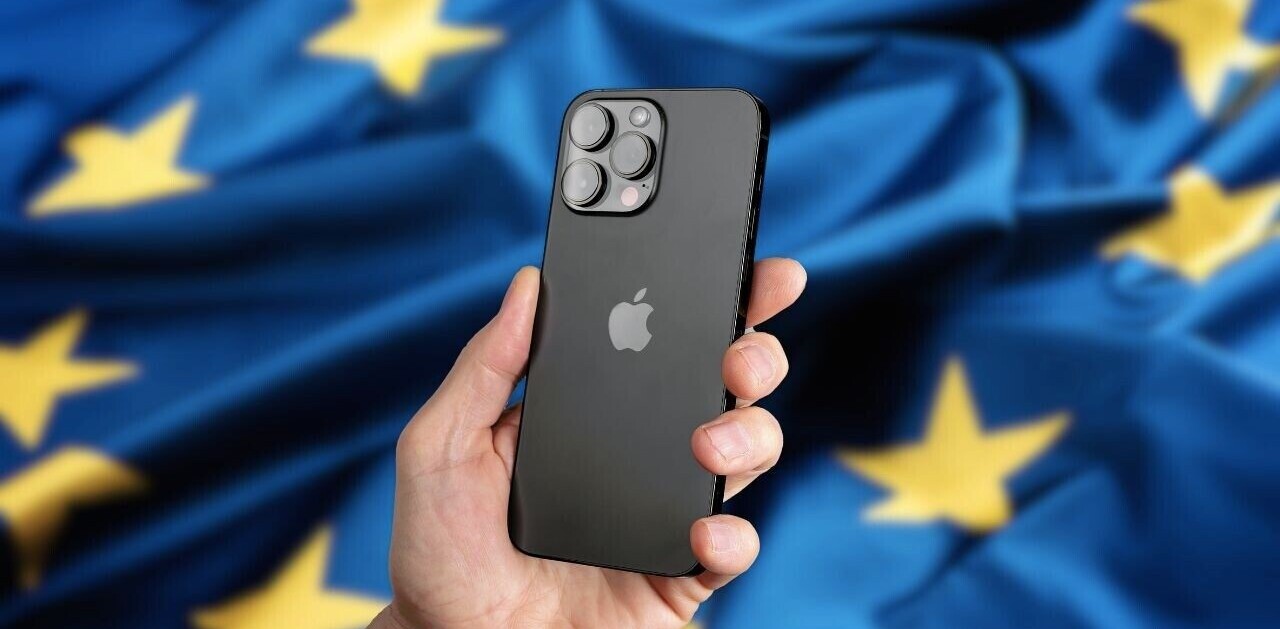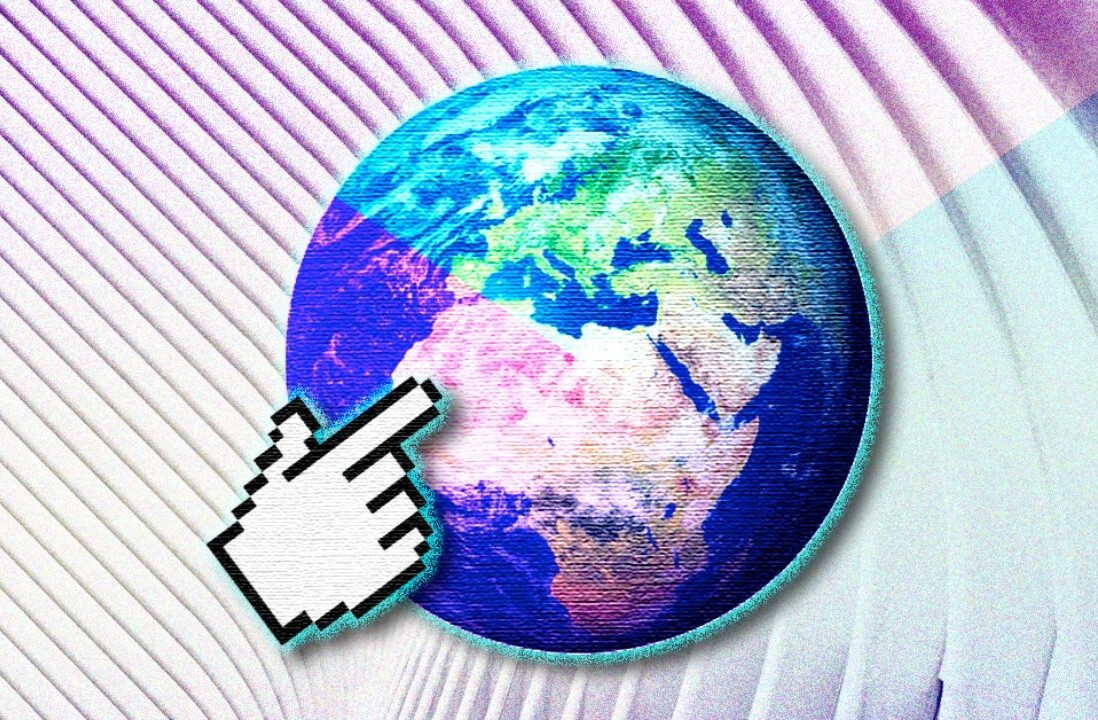
Apple’s App Store is a holy grail for businesses, offering access to an audience of about half a billion people per week, according to the technology giant. But that doesn’t mean landing an app in the digital marketplace is easy.
Apple has said it rejected almost 1 million new apps vying for inclusion in the App Store in 2020, along with nearly a million updates to existing apps. Building an app takes a big investment of time and money, so before you get the wheels turning for your big app idea, it’s worth remembering that Apple alone controls who gets to play in its sandbox.
Ambitious founders and entrepreneurs often hate being told no, but the simple truth is that Apple rules the App Store with an iron fist. Billion-dollar companies like Epic Games and Valve Software might view it as an unjust dictatorship and remove their popular products in protest, but the truth remains that you must play by the rules if you ever hope to get an app in front of Apple’s massive audience.
Unfortunately, even playing by the rules doesn’t always get you in. Indeed, most apps do get through, but there’s simply no way to guarantee acceptance. While Apple does publish a thorough set of guidelines, there are still internal rules they keep under wraps. If having to submit to an unpublished set of rules sounds infuriating, I can assure you it is.
Up against the App Store
My app software development company, Synapse Studios, recently worked with a large publicly traded company to create a fitness app as a benefit for members of certain insurance plans.
Part of the content was for plan members, and the rest was available publicly. Apple, however, insisted that we offer in-app purchases so the public could unlock the “exclusive content.” But that content was an insurance benefit, and our client never charges end users.
What’s more, Apple’s own App Store guidelines don’t even allow for insurance payments through in-app purchases.
We couldn’t win, and after the client spent hundreds of thousands developing the app and content, Apple simply said the business model was “incompatible with the Apple App Store.”
How to better your chances
No one wants to go through this kind of nightmare, and though you never know whether your app will be accepted, it pays big time to do your homework beforehand.
Learn as much as possible about the App Store’s published guidelines, and follow these three steps to give your app the best possible chance of making it to the virtual App Store shelves.
1. Quality assurance is key
Test, test, test. Bugs are one of the top reasons apps get rejected by Apple. App reviewers test your code to make sure the app is usable and secure from start to finish, checking to make sure it doesn’t crash, it’s not nefarious, it doesn’t have some kind of malware, and more.
It’s honestly a good thing that Apple rejects buggy products. What good is the App Store, anyway, if the apps available on it have serious security flaws, scam their users, or don’t function properly?
Still, ambitious leaders often operate under the “move fast and break things” mindset, aiming to get products out quickly and fix them later. But Apple doesn’t want broken things in the App Store.
Implement a thorough app QA testing strategy that includes a checklist of mission-critical items to test before and after deployment.
Many founders assume that developerswill do double-duty as testers, but a dedicated app QA testing team is a worthy investment to maximize the chance of your app getting accepted on the first try.
2. Build your business plan with Apple’s take in mind
The infamous “Apple tax” charges developers a certain percentage of the money that they collect from every transaction for a digital service in the App Store, such as in-app purchases.
It’s one of the reasons Epic Games brought Apple to trial in federal court. While a huge company like Epic might have the means to push back, however, smaller businesses won’t likely be so lucky.
The “good” news is that small businesses now pay 15% instead of the historical 30% fee. But once a company hits its first million in revenue, the 30% fee takes effect. It’s important to factor in just how significant 30% of your revenue will be to your ongoing operations and the prices you’ll have to set.
And trying to skirt the charge is one of the quickest ways to get rejected from the App Store. For now, the only thing you can do is incorporate this number into your cost and return estimates and move on if you can’t make it work.
3. Do something interesting
Apple can still reject you based on the value proposition of your app and not its technical merits. If the app doesn’t produce novel value, or if it’s too similar to an existing offering, expect to be turned away from the App Store. Some 150,000 submissions in 2020 suffered this fate because they failed to sufficiently differentiate themselves.
Apple is the judge, jury, and executioner in this arena, but a good guideline is: if your app could be considered a clone or near-copy of an existing app, don’t expect it to be accepted into the App Store.
One of the most difficult parts of starting a company is tapping into an audience, and the Apple App Store offers incredible access to potential customers in 175 countries around the world. It’s an exciting opportunity, but not one that should not be taken for granted.
Plenty of apps get rejected every day, which is why you should put in the work upfront and maximize your chances of acceptance.
Get the TNW newsletter
Get the most important tech news in your inbox each week.





